Bridge Loans Made Simple: Use the Equity in Your Current Home Before It Sells
Buying and selling a home at the same time can feel overwhelming. Between closing dates, possession dates, and getting access to your money, it can quickly become stressful.
A client recently emailed me with this very common question:
"We want to buy a new home, but our down payment is tied up in our current home. If we can’t get that money until the sale closes, how are we supposed to make an offer on a new place? Do we have to rent for a month or longer? We’re confused about how this works."
This situation comes up more often than you might think. The solution is something called a bridge loan.
What is a Bridge Loan?
A bridge loan lets you use the equity in your current home as a down payment on your new home, even before your old home officially closes. This way, you don’t have to delay your purchase or move into a rental while you wait for funds to be released.
How Long Can You Use a Bridge Loan?
Most lenders in Canada offer bridge loans for up to 45–60 days, though some may allow longer in special cases. The cost includes a daily interest rate (often Prime + 2% to 4%) plus a small administration fee (usually $200–$500).
What Do You Need to Qualify?
Lenders will need proof that your current home has sold. To set up the bridge loan, you’ll provide:
- A signed purchase and sale agreement for the home you’re selling
- The subject removal addendum, to confirm the sale is firm and binding
- A recent mortgage statement on your current property
With this, the lender can confirm your sale price, subtract closing costs and real estate commissions, and verify how much equity is available for your down payment.
Example:
- Current home sale: $900,000 (closes Dec 14)
- Mortgage balance: $400,000
- Net proceeds/down payment: $500,000
- New home purchase: closes Nov 30
Because the sale money isn’t available until Dec 14, you would borrow the $500,000 through a bridge loan for those 14 days.
Cost of borrowing:
- $500,000 × 4.70% ÷ 365 = $92/day
- 14 days = $1,288 in interest
- Admin fee = $250
- Total = $1,538
Key Updates About Bridge Loans Today
- Not every lender offers bridge financing—some limit it to clients with both mortgages at the same institution.
- Longer bridge periods (over 60 days) may require special approval and could have higher costs.
- In competitive housing markets, bridge loans are used more often to help buyers secure a property quickly without waiting for funds.
- If your purchase and sale close on the same day, a bridge loan usually isn’t needed—your lawyer can transfer funds directly.
The Bottom Line
A bridge loan is a short-term, practical, and relatively low-cost way to unlock the equity in your home. It helps you move forward with confidence, without the stress of waiting for funds or finding a temporary rental.
Always talk with your mortgage professional to make sure timing, costs, and paperwork are handled properly. A good plan can save you time, money, and headaches.
SHARE









































































































